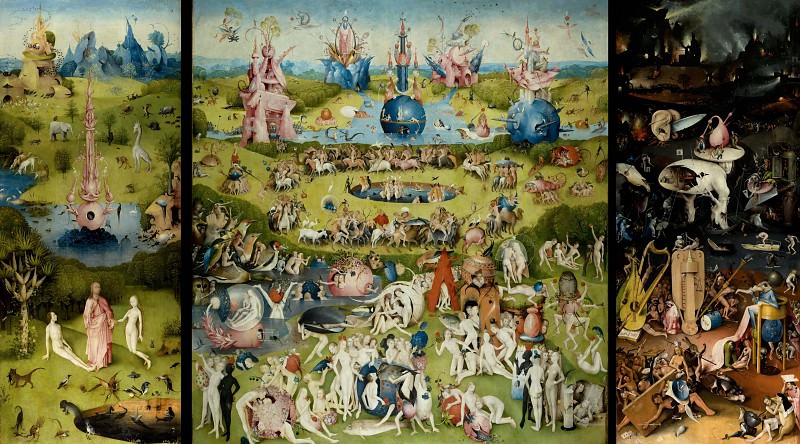Raoul Dufy: A Symphony of Color and Light
Raoul Dufy, a French Fauvist painter, is renowned for his vibrant use of color, fluid brushwork, and depictions of leisure and luxury. His work, often characterized by a joyous and whimsical interpretation of the world, captures the spirit of early 20th-century France. Dufy’s art is a celebration of life, an exploration of the beauty found in everyday scenes, and a testament to his unique ability to convey emotion through color and form.
The Evolution of Dufy's Artistic Style
Dufy's journey as an artist began in the late 19th century when he enrolled at the École des Beaux-Arts in Paris. His early works were influenced by the Impressionists, particularly Claude Monet, whose approach to light and atmosphere fascinated the young artist. However, it was his encounter with the works of Henri Matisse and the Fauvist movement that truly transformed Dufy's style.
Fauvism, characterized by bold, non-naturalistic colors and a focus on painterly qualities over realistic representation, resonated deeply with Dufy. The movement’s emphasis on the expressive potential of color inspired him to break free from the constraints of traditional techniques. Dufy began to experiment with vibrant, contrasting hues, a hallmark of his mature style. His brushwork became more fluid, his compositions more dynamic, and his palette increasingly filled with bright, vivid colors that seemed to dance across the canvas.
The Joy of Life: Themes in Dufy's Work
Dufy's art is often described as a visual ode to joy. His works are filled with scenes of leisure and pleasure, capturing the essence of the French Riviera, regattas, horse races, and musical performances. Unlike many of his contemporaries, who often focused on the hardships of life, Dufy sought to portray the lighter, more pleasurable aspects of existence. His work reflects a world where lightness prevails, and beauty is found in the simple joys of life.
One of the recurring themes in Dufy’s work is the celebration of modernity. He was fascinated by the energy and dynamism of the early 20th century, and his paintings often depict scenes of modern life, such as regattas, horse races, and the bustling atmosphere of public festivals. These subjects allowed Dufy to explore movement and rhythm, creating compositions that are both lively and harmonious.
In addition to his depictions of leisure, Dufy was also known for his floral still lifes and interior scenes. These works, characterized by their delicate yet vibrant colors, demonstrate his ability to infuse everyday objects with a sense of elegance and charm. His still lifes are not mere representations of objects; they are a celebration of form, color, and the beauty of the mundane.
The Power of Color in Dufy's Art
Color plays a central role in Dufy’s work. For him, color was not just a tool for representation but a means of expression. He believed that color could convey emotions and moods in a way that line and form could not. This belief is evident in his use of bright, saturated colors that evoke a sense of joy and vitality.
Dufy’s approach to color was influenced by his interest in music. He often likened painting to composing music, where colors were like notes that could be combined in various ways to create harmony or discord. This musical analogy is particularly evident in his large-scale murals, such as the famous La Fée Électricité (The Electricity Fairy), which covers an entire wall of the Paris Museum of Modern Art. In this monumental work, Dufy used color to create a sense of rhythm and movement, leading the viewer’s eye across the vast canvas in a visual symphony.
Dufy’s Contributions to Decorative Arts
While Dufy is best known as a painter, he was also a prolific designer and illustrator. His work in the decorative arts includes textile designs, ceramics, and book illustrations. Dufy’s approach to design was deeply rooted in his belief that art should be accessible and integrated into everyday life.
In the field of textile design, Dufy collaborated with the renowned French couturier Paul Poiret. Together, they created fabrics that were bold, colorful, and innovative. Dufy’s textile designs often featured floral patterns and stylized motifs, which reflected his love of nature and his interest in the decorative arts of different cultures. These designs were not only popular in fashion but also in interior decoration, where they were used to create vibrant and elegant spaces.
Dufy’s work in book illustration also showcases his versatility as an artist. He illustrated several books, including works by famous authors such as Guillaume Apollinaire and Stéphane Mallarmé. His illustrations are characterized by their fluid lines and lively compositions, which complement the texts they accompany. Through his work in book illustration, Dufy was able to bring his art to a wider audience, making it more accessible to those who might not have been able to afford his paintings.
Raoul Dufy's Legacy
Raoul Dufy’s influence on modern art is undeniable. His innovative use of color and his ability to capture the essence of a moment with seemingly effortless brushstrokes have left a lasting impact on the art world. Dufy’s work continues to be celebrated for its joyful expression of life, its vibrant use of color, and its ability to evoke a sense of wonder and delight.
In the years following his death in 1953, Dufy’s work has been exhibited in major museums and galleries around the world. His paintings, textiles, and illustrations are held in numerous public and private collections, where they continue to inspire artists and art lovers alike. The enduring appeal of Dufy’s work lies in its timeless ability to convey the beauty and joy of life through the language of color and form.
Raoul Dufy’s art invites us to see the world through his eyes, a world where color reigns supreme and where even the most ordinary scenes are transformed into celebrations of life’s simple pleasures. His legacy as a master of color and composition ensures that his work will continue to be admired and cherished for generations to come.




